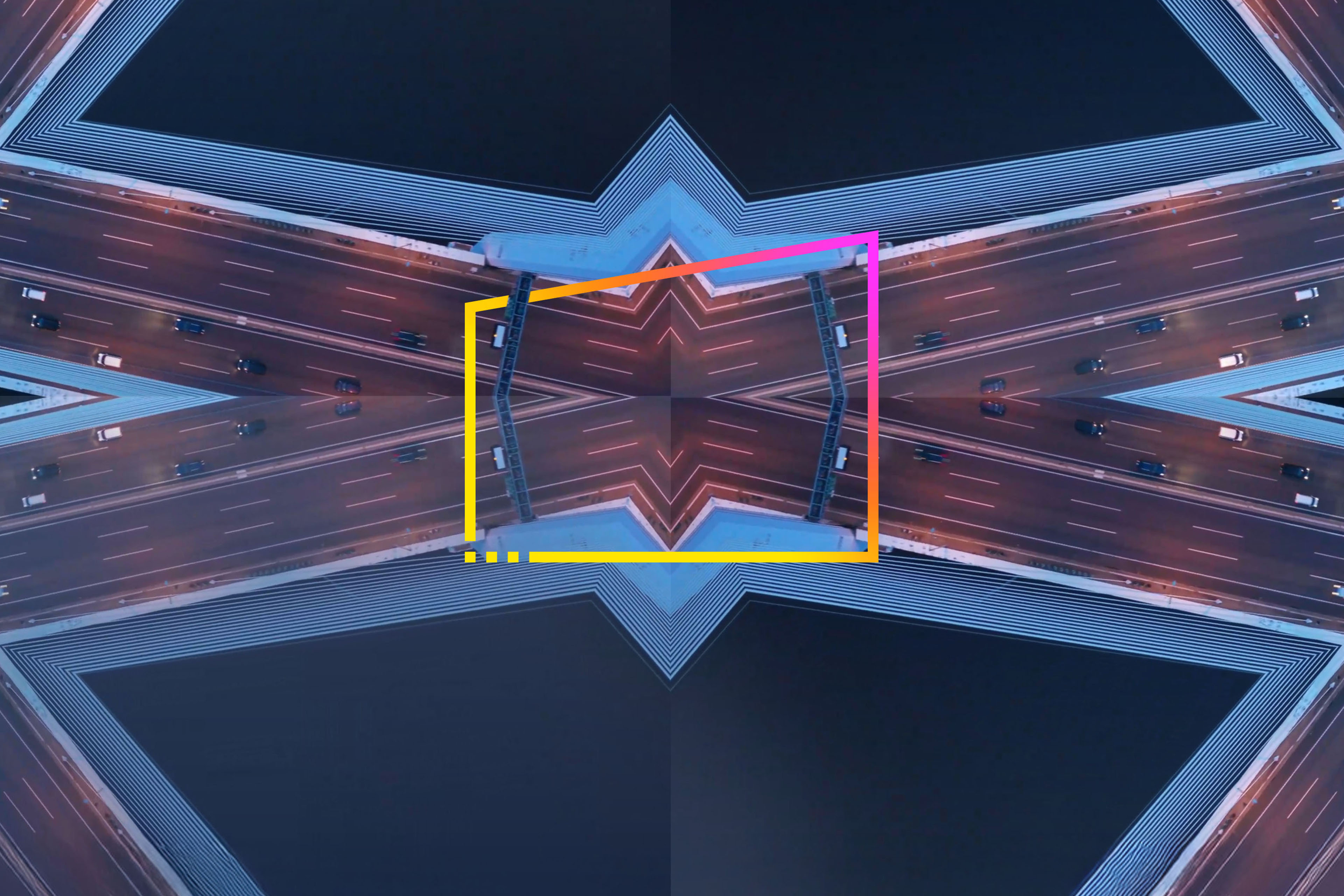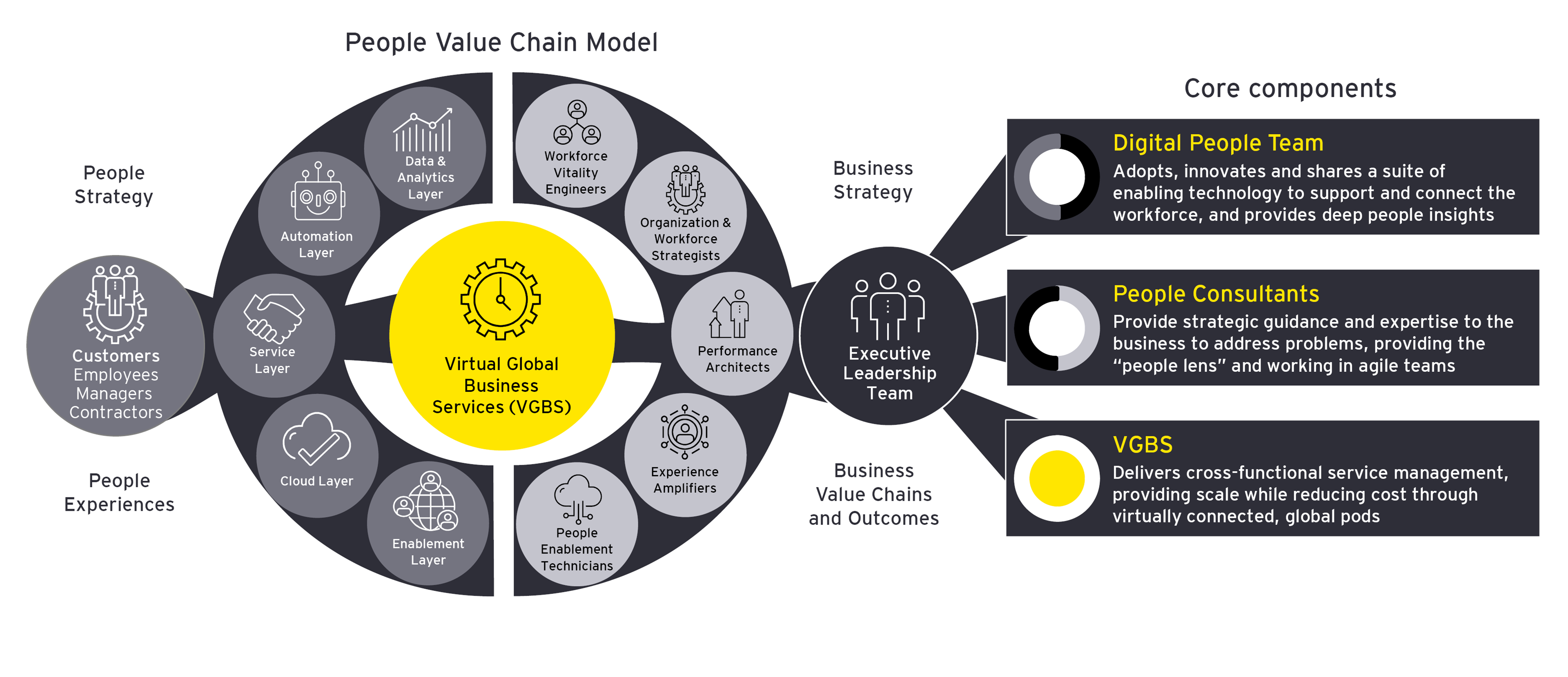The primary aim of the new people function is to contribute value in terms the business recognizes and respects. As it pursues this new value, the HR function has to find new ways to be accountable and measure its own success.There are four strands to value that are recognized in the typical organization today:
- Financial value (revenue growth, market share, margins)
- Consumer value (which includes idea generation, R&D, patents)
- Societal value (sustainable development goals, resource efficiency)
- Human value (human capital deployment, culture, employee health)
The new HR function anchors its remit to the fourth value that affects all the others, mirroring the function’s own horizontal reach and creating a quadruple bottom line: human value. Everything in the business is wired to that human value, which serves as a pre-requisite to boosting performance in the other three.
Human value is the cornerstone of creating long-term value overall. A focus on human value will build a better working world with an operating model that can evolve with the needs of the business and continually enable its people. It’s not only about what individuals bring to the business, but what the business delivers the other way.
“The traditional way of measuring the HR function was to look at how much the function cost, and to measure single data points around a specific process,” says Billy Soto Garayzar, People Advisory Services Principal, EY Americas. “Instead we have to start with what the business and workforce believes is important and work backwards. That's where the human value starts coming into play: HR surrenders its control at the center and instead aligns with other parts of the business. That’s when you start seeing the power of the human value, when you start gathering holistic insights through that lens.”
New metrics
Human value represents a new focus in terms of metrics. This can be intimidating as it involves re-evaluating the whole measuring system that HR teams have built and relied on during the past 20 years.
Historically, HR functions may have measured workforce engagement every year or two. In the new model businesses will conduct regular employee listening monthly, at scale. As well as annual surveys, they will conduct lifecycle listening, in which questionnaires are triggered by employees’ actions at every stage of their journey – from onboarding to upskilling, promotion, termination and leaving the company.
The results can often be surprising.
“We like to ask our clients what year it feels like if you’re a customer of their organization,” says Fox. “Most clients will say: ‘Well, you can book online and answer queries by chatbot, so it feels like 2020.’ Then ask them: if you're an employee there, what year is it?’ They say, ‘don't even ask. 1998?’
Such experience data delivers deep insight into how the workforce is faring and what they’re feeling. This generates extra work in analyzing the data to draw practical recommendations, which means creating extra analytics to process the information. This is one example of a high-value task people will be free to do when more operational roles are automated.
By creating these indices, the HR function will be able to look for and identify trends that suggest strengths and weaknesses in its processes.
One client wanted to know why people found onboarding such a bad experience. Was it just because the laptops were late? When they dug into the data they realized it wasn’t: it was because the recruitment teams were exceptional and gave such a hands-on, leading-edge recruitment experience, that when it stopped the new starters felt forgotten. The company can now act on that information, so when people come on board now it's not a shock. And why's that important? It can take up to three months for someone to get up full productivity and if they start from a bad experience, it can have quite a big financial impact.





